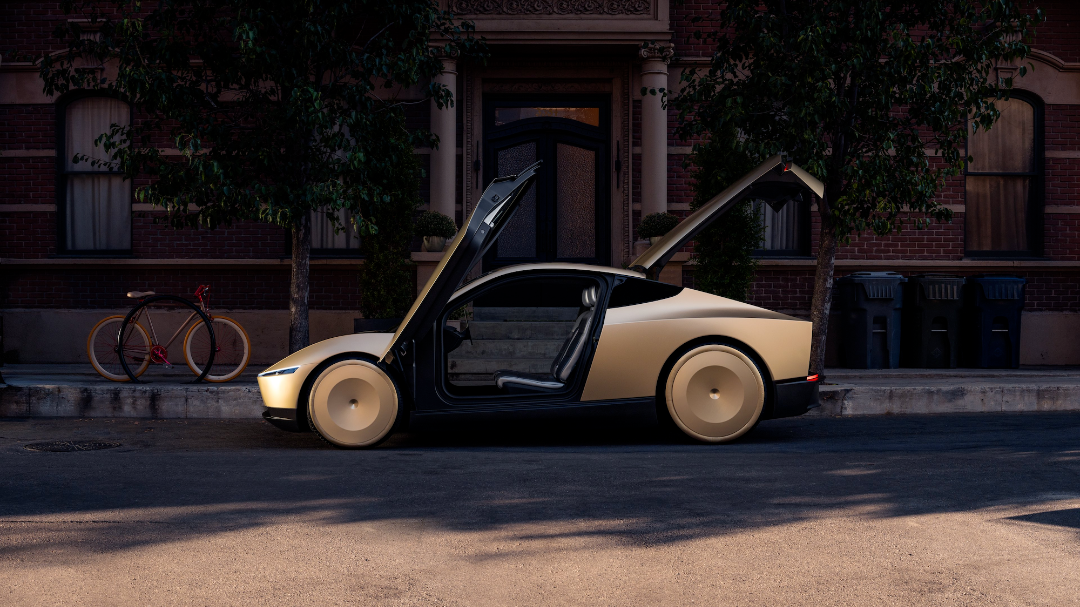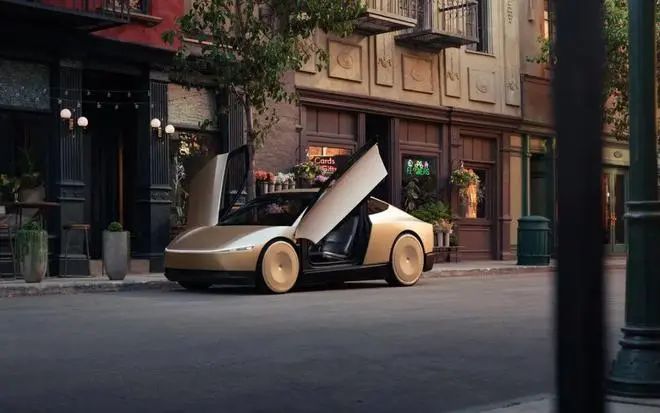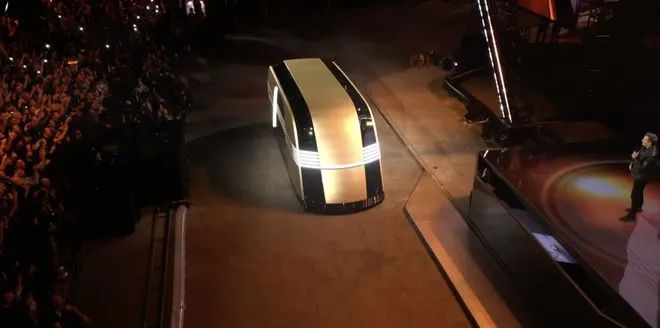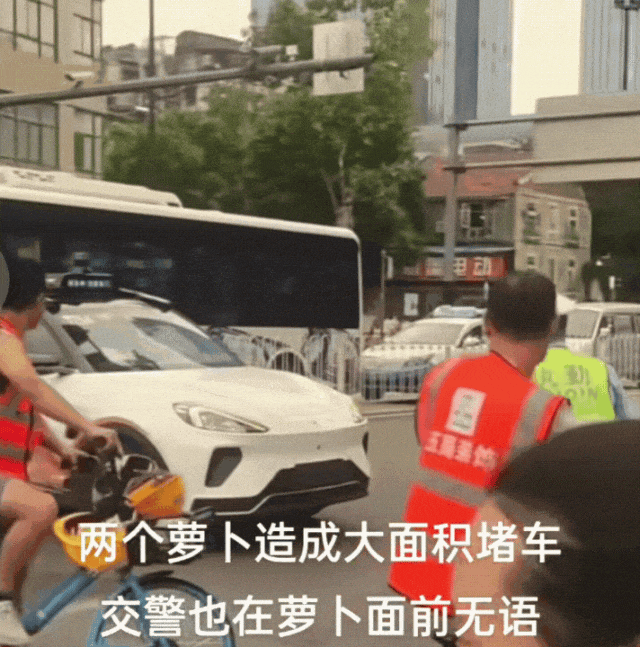["Weekly Car Talk"] Would you dare to ride in a car without a steering wheel and pedals?
![]() 10/14 2024
10/14 2024
![]() 635
635

Introduction
A new era may be ushered in by this development.
Today, every move of Tesla and Elon Musk attracts the attention of global media, investors, and tech enthusiasts.
Trending on social media is Tesla's newly unveiled Robotaxi, a two-door coupe with gull-wing doors named Cybercab. Similar to the naming convention of the Cybertruck, 'cyber' as a prefix represents things related to networks or computers, while 'cab' is a colloquial term for a taxi, making the name 'Cybercab' quite intuitive.
Interestingly, unlike the Cybertruck, which completely breaks traditional design conventions, the Cybercab bears a striking resemblance to the Volkswagen XL1, a vehicle launched a decade ago. Both cars aim for an ultra-low drag coefficient to achieve energy efficiency.
Elon Musk states that the Robotaxi represents personalized public transportation that can significantly reduce average travel costs, which are currently high. He predicts that the travel cost of the Cybercab could drop to around $0.2 per mile in the future, with a manufacturing cost below $30,000 per vehicle.

According to the plan, the Cybercab will enter production in 2026, and Tesla aims to produce it in high volumes by 2027. Musk anticipates enabling unsupervised Full Self-Driving (FSD) capabilities in Texas and California next year.
He further claims that Robotaxis equipped with FSD are approximately ten times safer than human-driven vehicles, enhancing safety and turning car rides into pleasant, enjoyable, and secure experiences akin to using a smartphone.
However, as a taxi, the practicality of the gull-wing door Cybercab seems compromised, and it may not suffice when multiple passengers are involved. Fear not, as Musk has a backup plan.

At the launch event, Tesla also introduced the Robovan, an autonomous cargo van. Musk notes that it can accommodate 20 passengers or be used for cargo transportation, with a low operating cost of around 10-15 cents per mile, significantly cheaper than traditional manually driven vans or taxis, offering operators substantial cost advantages.
Notably, as future modes of transportation, the autonomous Robotaxi and the versatile Robovan have boldly innovated in their interior designs, eliminating the long-standing steering wheel and pedals. Both vehicles rely on advanced sensors, cameras, and software algorithms for safe and reliable autonomous driving.
This raises the question: Would you dare to ride in a car without a steering wheel and pedals?

From a technical perspective, fully autonomous vehicles are designed to ensure safe driving through advanced sensors, cameras, radars, and complex algorithms. Ideally, these systems can detect and respond to the surrounding environment more accurately than human drivers, thereby reducing traffic accident rates.
Interestingly, we have already experienced autonomous vehicles without steering wheels and pedals numerous times—in the form of subways. In many cities' modern rail transit systems, newly constructed subway lines in recent years have widely adopted fully automated operation technology. For instance, Shanghai's Lines 10, 14, 15, 18, and Pujiang Line are all driverless.
These lines demonstrate how advanced automation technology can safely and efficiently serve public transportation needs, enhancing operational efficiency and passenger experience.
Recently, Wuhan's pioneering Robotaxi deployment sparked heated online debates. Instead of praising their intelligence, people complained about their 'clumsiness.' They yield to pedestrians at intersections, hesitate to cut in during turns, and even caused severe traffic congestion when two Robotaxis politely yielded to each other.

As a result, Wuhan locals dubbed them 'stupid radishes,' highlighting the numerous issues autonomous driving still faces in its early stages. For Tesla's Robotaxi, as its FSD system is unavailable in the Chinese market, businesses like Robotaxi and Robovan remain unfeasible.
Currently, outside North America, Tesla's application of autonomous driving technology remains limited globally. To address this, Tesla plans to seek regulatory approvals for its FSD Beta from European, Chinese, and other countries' regulators in V12.5 or V12.6 of its FSD software.
While the Cybercab may still be in its infancy, it undoubtedly marks a promising start. Recalling the early days of adaptive cruise control, few could have foreseen the heights of intelligent driving technology today, and this progression has occurred rapidly.
A new era may indeed be dawning, accompanied by a comprehensive overhaul of regulations, systems, and even ethical norms.
After all, safety remains paramount for Robotaxis. As autonomous driving technology advances, ensuring passenger and societal safety will be central to policy and standard formulation. This endeavor transcends technological progress; it involves constructing an efficient and reliable new transportation ecosystem.








